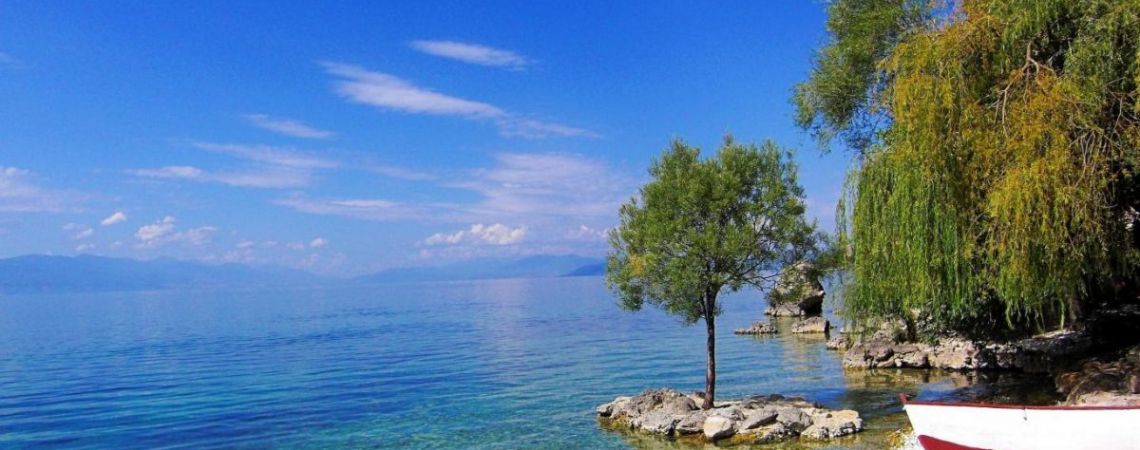08:00 - 20:00
It is one of Europe’s deepest and according to most experts the oldest lake in Europe, preserving a unique aquatic ecosystem with more than 200 endemic species that is of worldwide importance. The importance of the lake was further emphasized when it was declared a World Heritage site by UNESCO in 1979. While Lake Ohrid is special as such, by far the most spectacular quality is its impressive endemism. Similar to Lake Baikal or Lake Tanganyika, Lake Ohrid harbors endemic species covering the whole food-chain, from phytoplankton and sestile algae (20 species; e.g., Cyclotella fottii), over plant species (2 species; e.g., Chara ohridana), zooplankton (5 species; e.g., Cyclops ochridanus), cyprinid fish (8 species; e.g., Pachychilon pictus), to predatory fish (2 trout species; Ohrid trout Salmo letnica and "Belvica" Acantholingua ohridana) and finally its diverse endemic bottom fauna (176 species; e.g. Ochridagammarus solidus), with particularly large endemism among crustaceans, molluscs, sponges and planarians. Whereas the endemic species list cited above is based on morphological and ecological characteristics, some recent applications of molecular genetic techniques underline the difference of the fauna from common European taxa, as well as the old age of the lake.
General info:
Length: 30 km
Width: 14,5 km
Surface: 358 sq.km
Coastline length: 87 km
Depth: 286 m
Transparency of its water: 22 m













